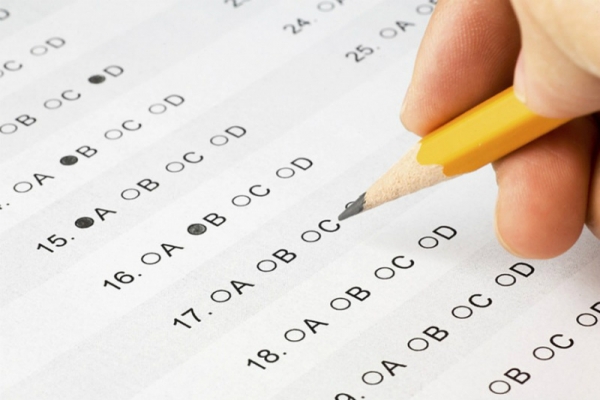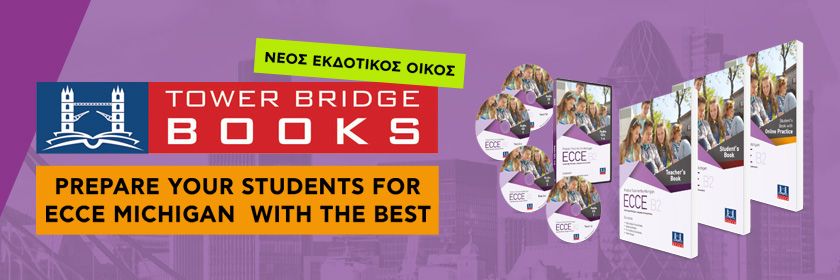What is AFL?
To understand what AFL is, it is useful to start with what it is not. Traditional approaches to assessment are generally based on an assessment of learning. Assessment of learning is generally carried out by the teacher to collect information about attainment. It is usually done at the end of a course or school year and takes the form of an exam or test which is used to assign grades and report achievement or failure.
Assessment for learning, on the other hand, occurs at all stages of the learning process. Students are encouraged to take an active role, become self-regulated learners and leave school able and confident to continue learning throughout their lives. Assessment for learning is also referred to as formative assessment, i.e. the process of collecting and interpreting evidence for use by teachers and learners to decide where they are in their learning, where they need to go, and how best to get there (Assessment Reform Group, 2002). It is a process by which assessment information is used by teachers to adjust their teaching strategies and by students to adjust their learning strategies. AFL encourages learning and promotes motivation by emphasising progress and achievement rather than failure.
Where did AFL come from and why is it important?
AFL originates in the research of UK professors, Paul Black and Dylan Wiliam. Black and Wiliam recognised that what teachers and learners do in the classroom is complicated and little is understood about what happens. They likened the classroom to a black box (an object which can be viewed in terms of its inputs and outputs without any knowledge of its internal workings) and set out to investigate what was happening inside. What they discovered was that students who learn in a formative way achieve much more and obtain better results than other students. In 1998, they published their findings in an important booklet for practitioners Inside The Black Box: Raising Standards Through Classroom Assessment and in it they showed that:
- formative assessment is at the heart of effective teaching
- formative assessment has a strong positive effect on achievement
- improving formative assessment raises standards.
As a result of these and other research findings, AFL is now established as one of the most powerful ways of improving learning and raising standards and current research is adding further evidence in support of this claim.
What are the key principles of AFL?
The key underlying principles of AFL which are used to guide classroom practice are as follows:
Communicate confidence that every learner can improve
Above all, AFL must be underpinned by the utmost confidence that every student can improve. We can help learners believe they can improve by giving specific feedback on what they need to do to and how they can do it.
Empower learners to take an active part in their own learning
The AFL process can unlock the approaches used by students and help them to become more aware of what they are learning and how they are learning it. This empowers students to take control of their own learning by developing their skills of self-regulation. As they begin to assess their own work and set goals, they also become more independent.
Develop learners’ confidence in peer and self-assessment
These are skills that learners need time and practice. The more they do it, the more confident and accurate they will be in their assessment.
What does this mean for teaching and learning?
As teachers we can:
1.Collect information about individual learners to better understand their needs
We can do this in a variety of ways such as finding out what they already know, noticing who answers questions, circulating and observing learners during activities, taking feedback on how interesting or difficult they found the topic or tasks, etc.
2.Adjust our teaching in response to our observations or assessment results
A central part of teaching and learning is reflecting on how successful the lesson and learning was and judging whether the topic needs to be reviewed, or re-taught using a different approach or activity. As teachers, we are constantly making judgements and decisions in response to our learners’ needs.
3. Share learning objectives with learners
Learners need to know the lesson objectives. We can write these on the board at the start of a lesson and check our learners understand them. We can then create links between these and previous objectives and refer to them during the lesson and again at the end. We can also discuss with learners why they are studying what they are studying.
Share success criteria with learners
Learners need to know what is ‘good’ work and how to achieve it. Sharing or negotiating the criteria with learners helps them know what they need to do and gives them confidence in their work.
4. Use questioning
Questioning helps us identify and correct misunderstandings and gaps in knowledge. It gives us information about what learners know, understands and can do. We use this information to plan lessons and activities that move students from where they are to where they need to go.
5. Give specific and useful feedback
Learners need specific feedback in the form of comments rather than grades if they are to improve. Feedback should inform learners about gaps in their knowledge, understanding or skills, and how to close those gaps.
6.Introduce peer feedback
Students learn how to give each other advice about their work using success criteria. They can discuss what has been done well, what still needs to be done, and give advice on how to achieve that improvement.
7.Introduce self-assessment
Learner self-assessment encourages learners to take responsibility for their own learning. Learners use success criteria to identify what they have done well and what they need to focus on next. They can then set personal goals.









